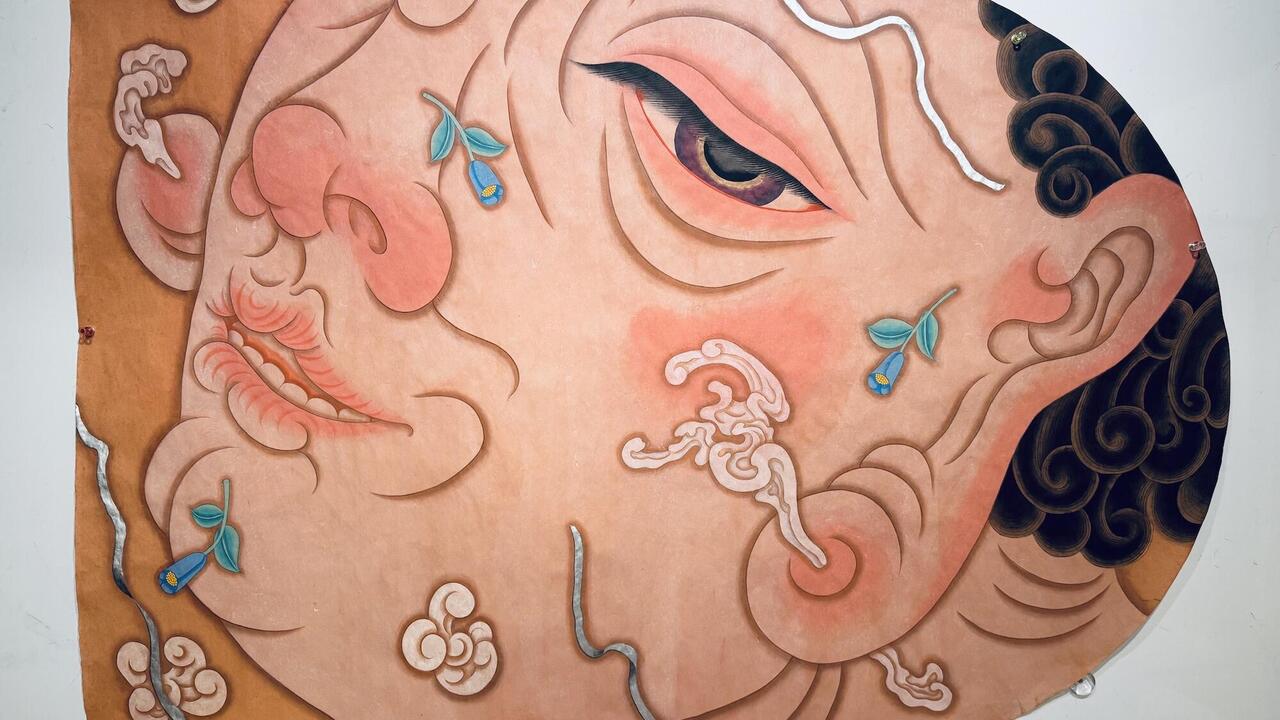Collage Party

Despite its respectable Modernist pedigree, collage has acquired some not quite serious connotations. The word often calls to mind not Pablo Picasso and Max Ernst but sticky-fingered schoolchildren surrounded by National Geographic back issues. Something amateurish and slightly juvenile seems to cling to the practice of cutting and pasting. Artists who made their mark in the medium – oddball savants such as Joseph Cornell and Ray Johnson, say – have tended to have a childish, outsider-ish quality themselves. (Cornell’s first solo show at the Julian Levy Gallery was billed as ‘Toys for Adults’.)
It’s likely that these associations trouble Paul Butler not one bit. Butler is a young Winnipeg-based artist – a collagist and a collage enabler, so to speak. It is for the latter activity that he has won the most notice. For the past few years he has organized collage parties in museums and art spaces around the world, from Oslo to Auckland. The name is self-explanatory: they are art jam sessions, lasting for days. With irony-defeating simplicity Butler refers to them as ‘basically an excuse to get together with friends and make art’.
Which is precisely what he did this summer. The friends were a group of mostly Canadian artists associated with the online gallery Butler runs, with a few from ZieherSmith’s stable added to the mix. Butler had staged a collage party in New York back in 2004 – a one-day stint at the Bergdorf Goodman department store – but he found that one disappointing: it didn’t allow enough interaction among the artists. This time participants remained together for marathon sessions, all day for five days, before the show opened to the public. The Canadians stayed in nearby college dorms so they could continue the productive festivities into the night.
Stopping by the day before the opening, I found most of the 21 artists looking a bit bleary-eyed but working earnestly at the long tables that ran the length of the gallery. The mood was jovial but also concentrated. There was little horseplay and no spitball fights. A sea of paper scraps and the occasional stray beer bottle on the floor attested to the days of creation that had gone before. A battered boom-box played an Os Mutantes album. Butler was a genial host, chatting with artists and visitors, guiding a CBC Radio reporter who wandered about collecting background noises. Artists obliged by staple-gunning aggressively and ripping with vigour.
The scraps were left on the floor the next day and remained, unswept but diminishing, throughout the run. That – and the taped and thumb-tacked hanging – was pretty much the only sign that the displayed works had been created in a rush of cutting and gluing. Many of the works were collages only in spirit: much painting and drawing went on during the previous week. Despite a few collaborative efforts, the artists mostly worked on their own, in their own ways. Still, a common note – a sort of melancholy whimsy – was often struck. Simon Hughes offered up muted watercolours of Cubist ice floes, decorated with metallic stickers of Inuits. Jeff Ladouceur painted dozens of sad, blobby creatures on old book end-papers. Shawna McLeod and Karin Weiner worked the teen-girl-magical-fantasy thing with, respectively, tattoo-like watercolours of dragons and assemblages of winged deer and unicorns. The Rhode Island-based threesome dearraindrop contributed a few of their psychedelic kitsch assemblages. Javier Piñón, a ringer from the ZieherSmith crowd, produced hysterically funny scenes of cowboys in flooded ornate interiors, assembled from old glossy magazines.
If Butler’s own work stood out from the crowd, it was mostly for its restraint. He’s something of a collage formalist, fascinated by the uneven edges of ripped paper, by the blank spaces in his sources. Along with spare white-on-white compositions he showed an all-black gallery advert from an art magazine, its text effaced into a cryptic monochrome by bits of black paper. Several plastic bags were turned into Hoffman-like geometric abstractions. Butler’s sensitivity to the materials he works with was also seen in the handful of works on view at White Columns: images of floral arrangements, sliced up, bisected and hybridized by mismatching. They were rather lovely and somehow rather droll. Assembled from scraps left over from previous collage parties, these serene works gave no sign of the frenzied activity preceding their construction.
If you were cynical, you might think of Butler’s collage parties as situations designed to lower expectations, for viewers and artists alike. After all, no one would assume a work created in this manner would be world-shaking. But it was difficult to be cynical in the face of all the conviviality and gentle competition on display. And shaking the world isn’t everything. There was something exciting about seeing all this freshly made art, something inviting. Butler’s party blurred the lines between work and play in a way that was childlike in the best sense. For a short time in a hot summer he created the friendliest show in town.















